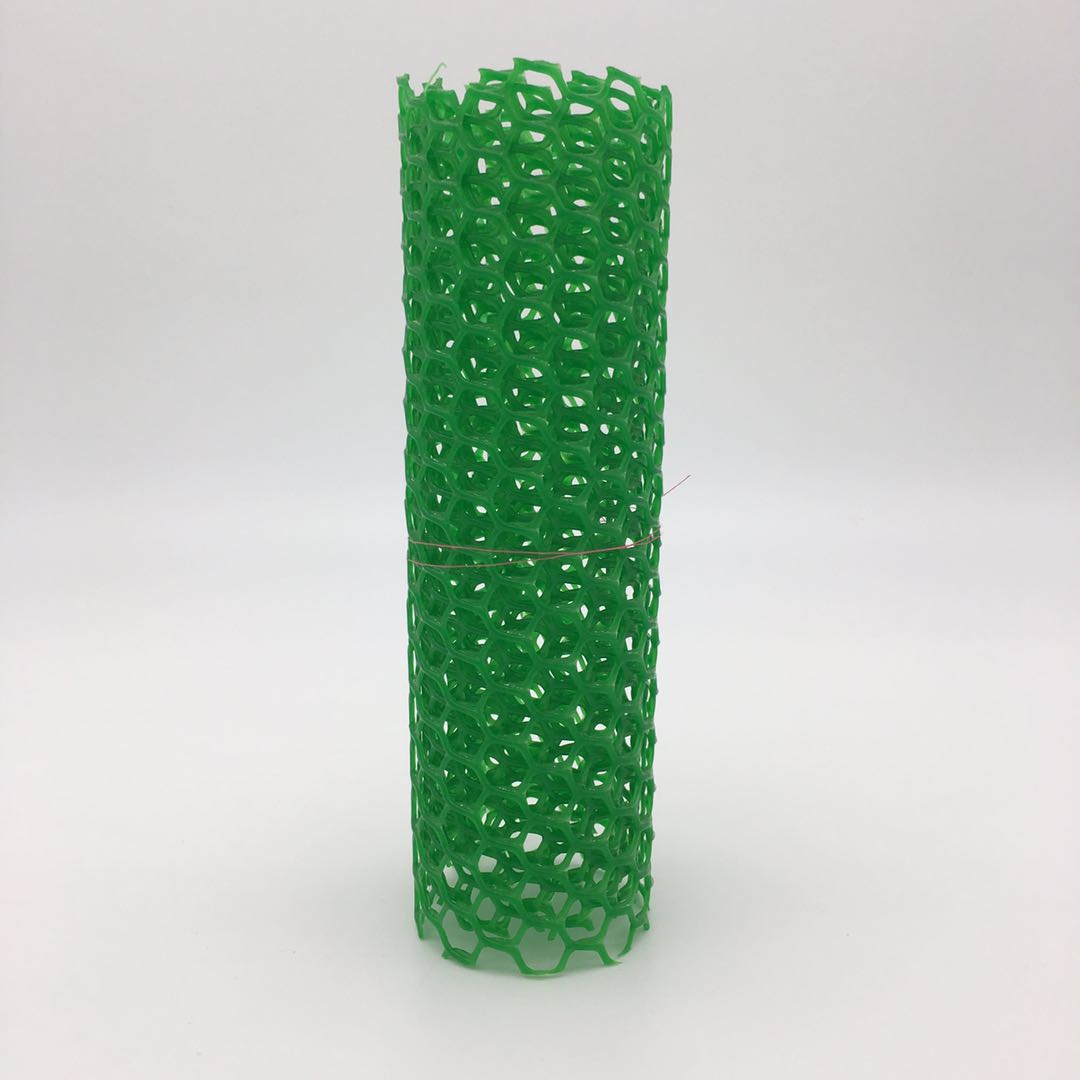Plastic Flat Net: The Ultimate Solution for Versatile Packaging and Agricultural Applications
Meta Description:
Plastic flat net is a versatile, cost-effective, and eco-friendly solution for packaging and agricultural applications. Discover the benefits and uses of plastic flat net in this informative article.
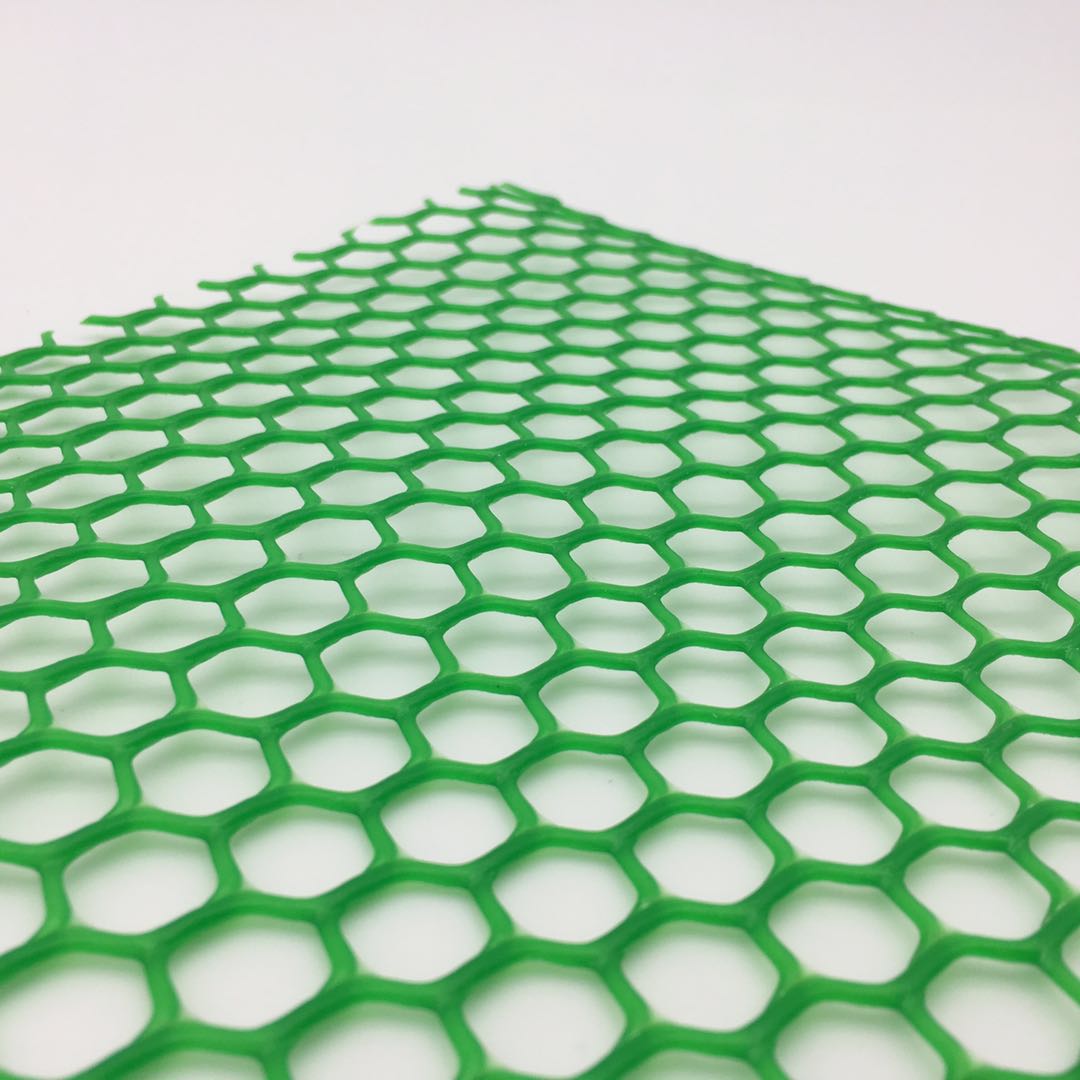
Introduction:
When it comes to packaging and agricultural applications, the choice of materials can make a huge difference. While traditional materials like paper, cardboard, and wood have been used for decades, they come with their own set of challenges, including limited durability, high cost, and environmental concerns. However, with the advent of plastic flat net, a new and innovative solution has emerged that offers numerous benefits over traditional materials.Plastic flat net is a type of plastic mesh that is made by extruding plastic onto a flat surface and then stretching it out to create a net-like structure. It is lightweight, strong, and versatile, making it an ideal choice for a wide range of applications. In this article, we'll explore the benefits and uses of plastic flat net, and why it's quickly becoming the go-to solution for many businesses.
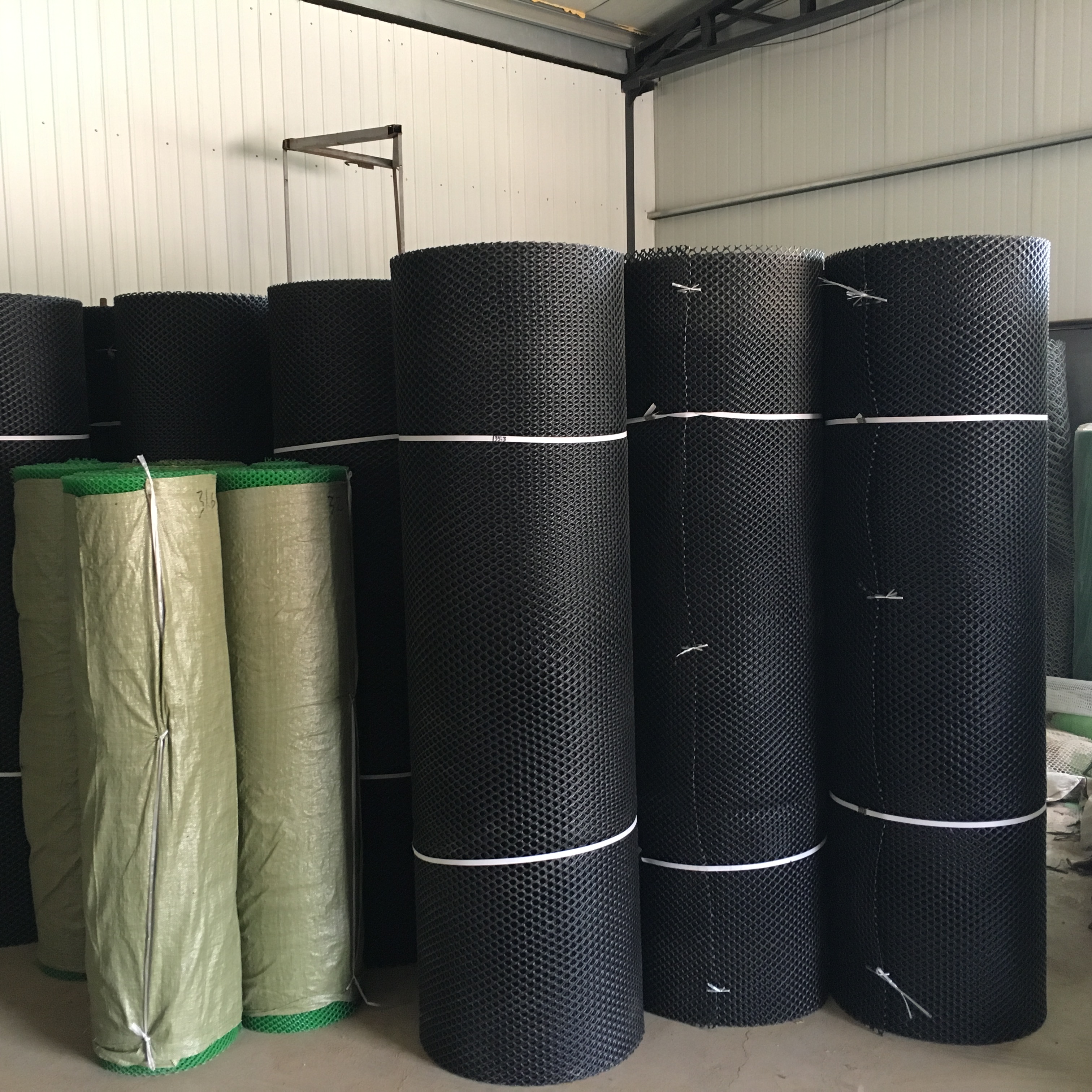
Benefits of Plastic Flat Net:
Plastic flat net has numerous benefits over traditional packaging and agricultural materials. Here are just a few of the advantages:
1 Lightweight: Plastic flat net is incredibly lightweight, which makes it easy to handle and transport. This is especially important in the agricultural industry, where heavy materials can be difficult to move around.
2 Strong: Despite its lightweight construction, plastic flat net is incredibly strong and durable. It can withstand heavy loads and harsh weather conditions, making it ideal for use in tough environments.
3 Versatile: Plastic flat net is incredibly versatile and can be used for a wide range of applications. It can be used to package fruits and vegetables, protect plants from pests and birds, and even as a fencing material.
4 Cost-effective: Plastic flat net is an affordable solution compared to traditional materials like wood and metal. It's also incredibly easy to install and maintain, which can save businesses time and money in the long run.
Eco-friendly: Plastic flat net is made from recyclable materials and can be reused multiple times. This makes it an eco-friendly solution that businesses can feel good about using.
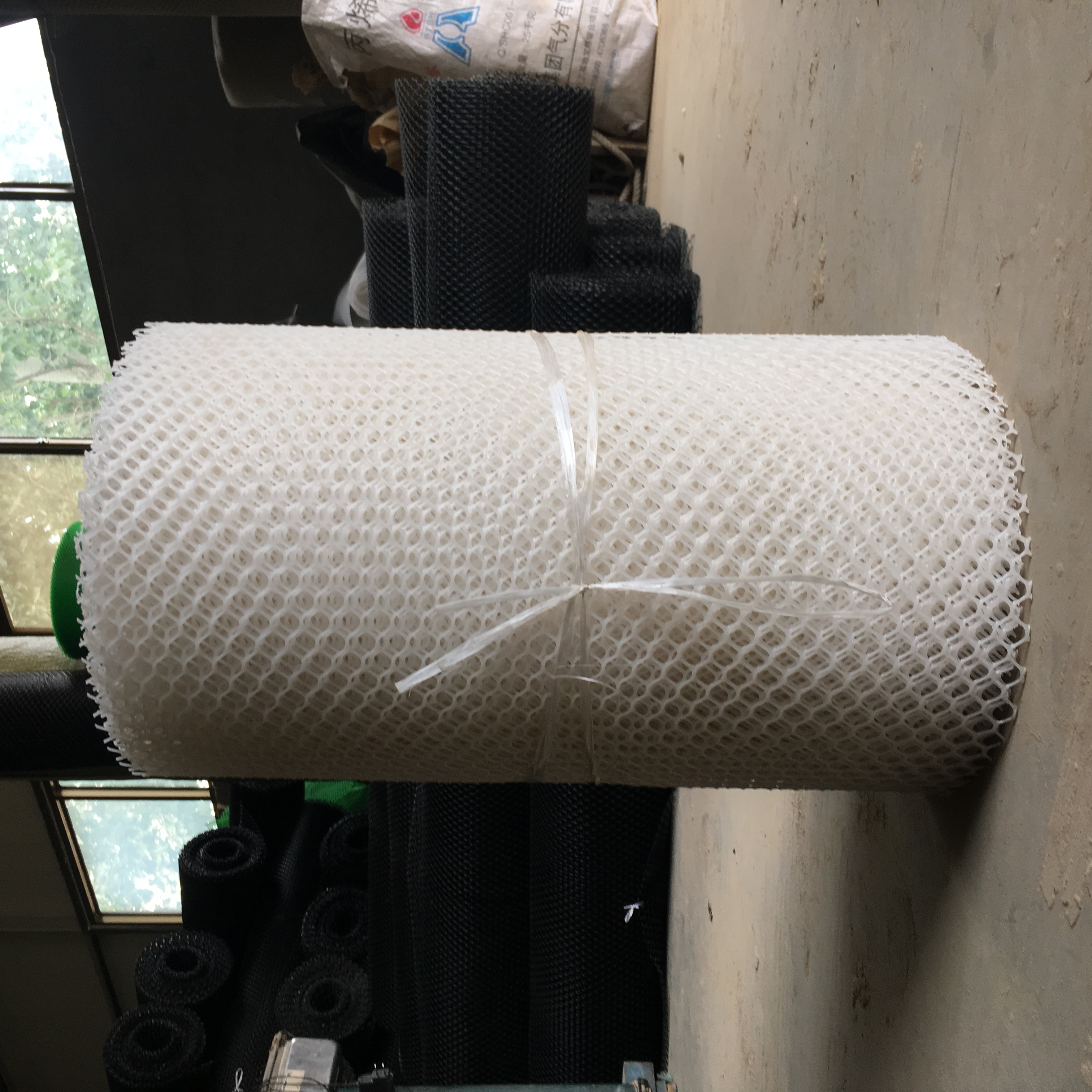
Uses of Plastic Flat Net:
Plastic flat net has a wide range of uses in both packaging and agricultural applications. Here are just a few of the most common uses:
1 Packaging: Plastic flat net is an ideal material for packaging fruits and vegetables. Its lightweight construction allows for easy handling and transportation, while its durability ensures that the produce stays fresh and undamaged.
2 Plant Protection: Plastic flat net can be used to protect plants from pests and birds. It creates a physical barrier that keeps insects and animals from damaging the plants, while still allowing air and water to flow through.
3 Fencing: Plastic flat net can also be used as a fencing material. Its durability and strength make it an ideal choice for keeping animals in or out of certain areas.
4 Erosion Control: Plastic flat net can be used to control erosion in areas that are prone to soil loss. It creates a physical barrier that prevents soil from washing away, while still allowing water to flow through.
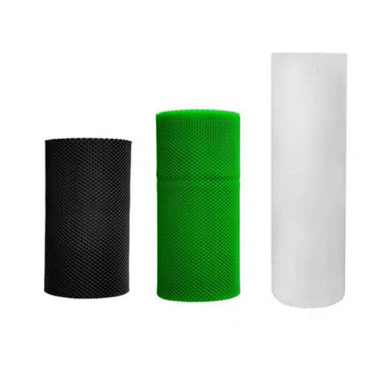
How Plastic Flat Net is Made:
Plastic flat net is made using a process called extrusion. Here's a step-by-step breakdown of how it's made:
1 Plastic pellets are melted down and fed into an extruder.
2 The molten plastic is forced through a flat die, which creates a flat sheet of plastic.
3 The flat sheet of plastic is then stretched out to create a net-like structure.
4 The plastic net is then cooled and cut to the desired size.
The extrusion process allows for the creation of plastic flat net in a variety of colors, sizes, and strengths, making it a versatile solution for many different applications.
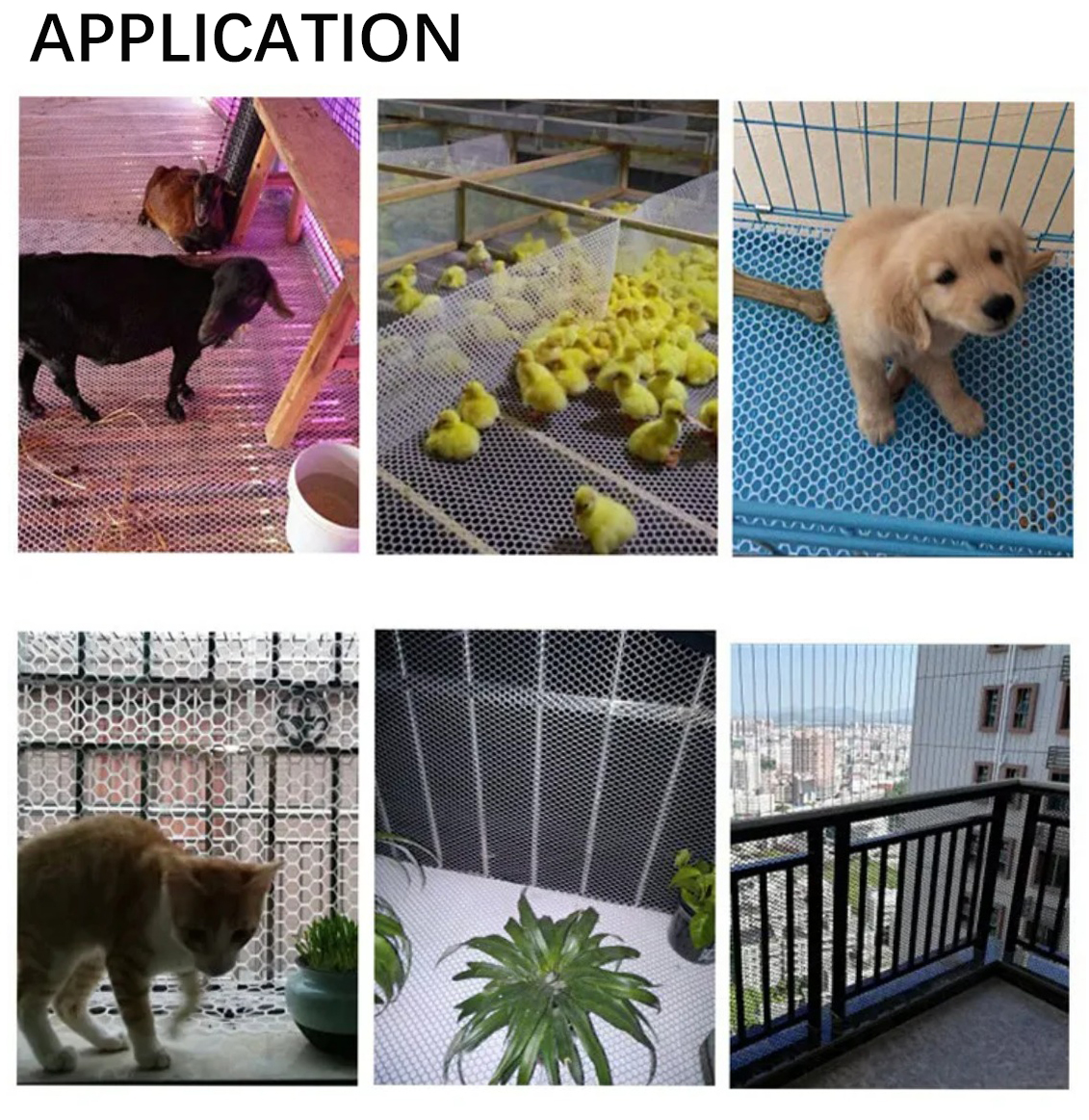
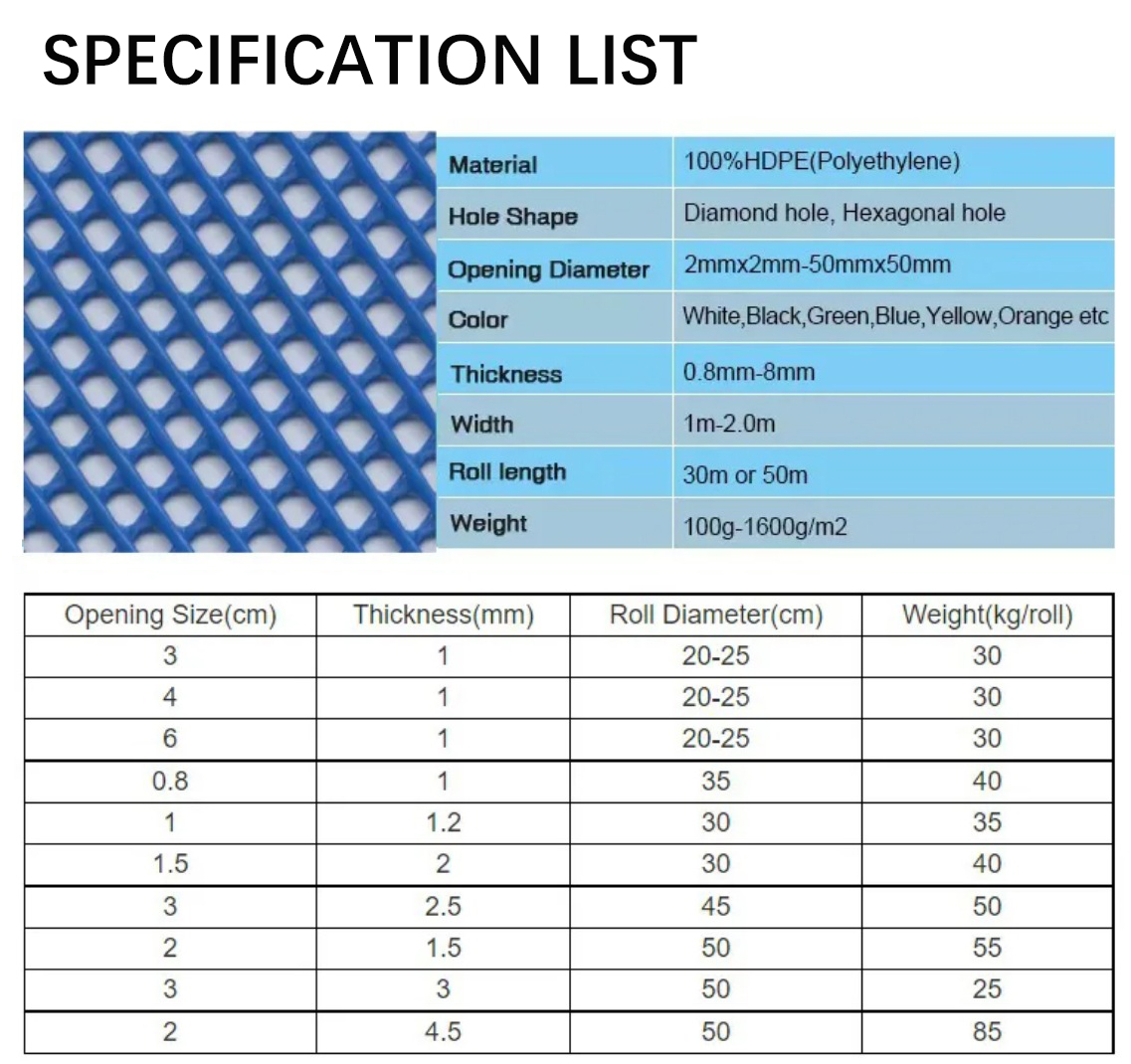
Environmental Impact of Plastic Flat Net:
While plastic flat net offers numerous benefits over traditional materials, it's important to consider its environmental impact. Plastic has long been a concern for its negative impact on the environment, particularly in terms of pollution and waste.However, plastic flat net is made from recyclable materials, which means it can be reused multiple times before it needs to be discarded. It's also important to note that plastic flat net is a more eco-friendly solution compared to traditional materials like wood and metal, which require more energy and resources to produce and transport.
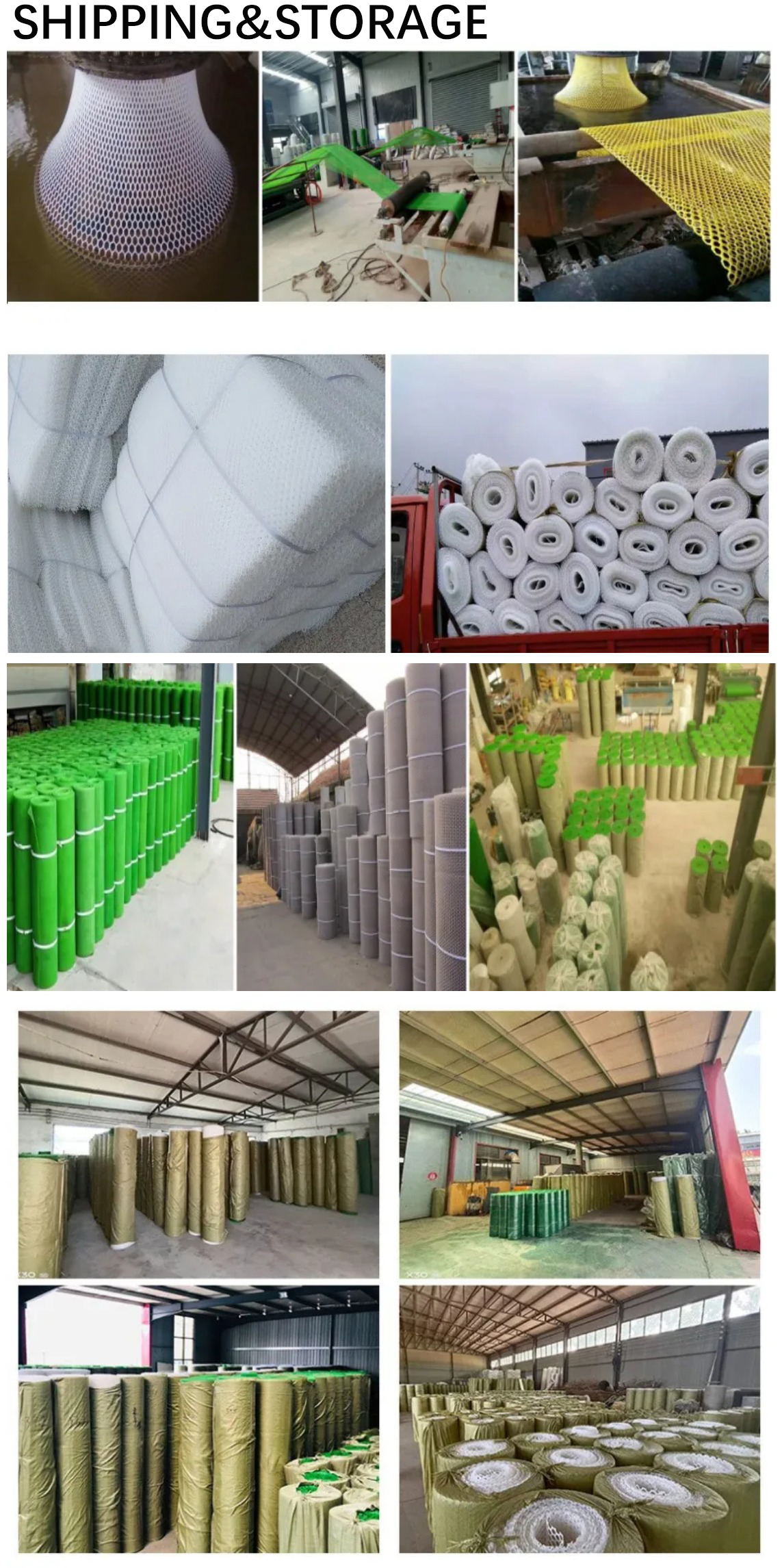
FAQs about Plastic Flat Net:
1 Is plastic flat net safe for packaging food?
Yes, plastic flat net is safe for packaging food. It's made from food-grade materials that have been approved by regulatory agencies .
2 Can plastic flat net be recycled?
Yes, plastic flat net is recyclable. It can be melted down and reused to create new products.
3 What is the maximum weight that plastic flat net can support?
The maximum weight that plastic flat net can support depends on the strength of the net. However, it's generally strong enough to support heavy loads in both packaging and agricultural applications.
3 How long does plastic flat net last?
Plastic flat net is incredibly durable and can last for several years with proper care and maintenance.
Conclusion:
Plastic flat net is a versatile, cost-effective, and eco-friendly solution for packaging and agricultural applications. Its lightweight construction, strength, and versatility make it an ideal choice for a wide range of applications, while its recyclable materials and low environmental impact make it a more sustainable choice compared to traditional materials. As businesses continue to look for more efficient and eco-friendly solutions, plastic flat net is sure to become an even more popular choice in the years to come.











